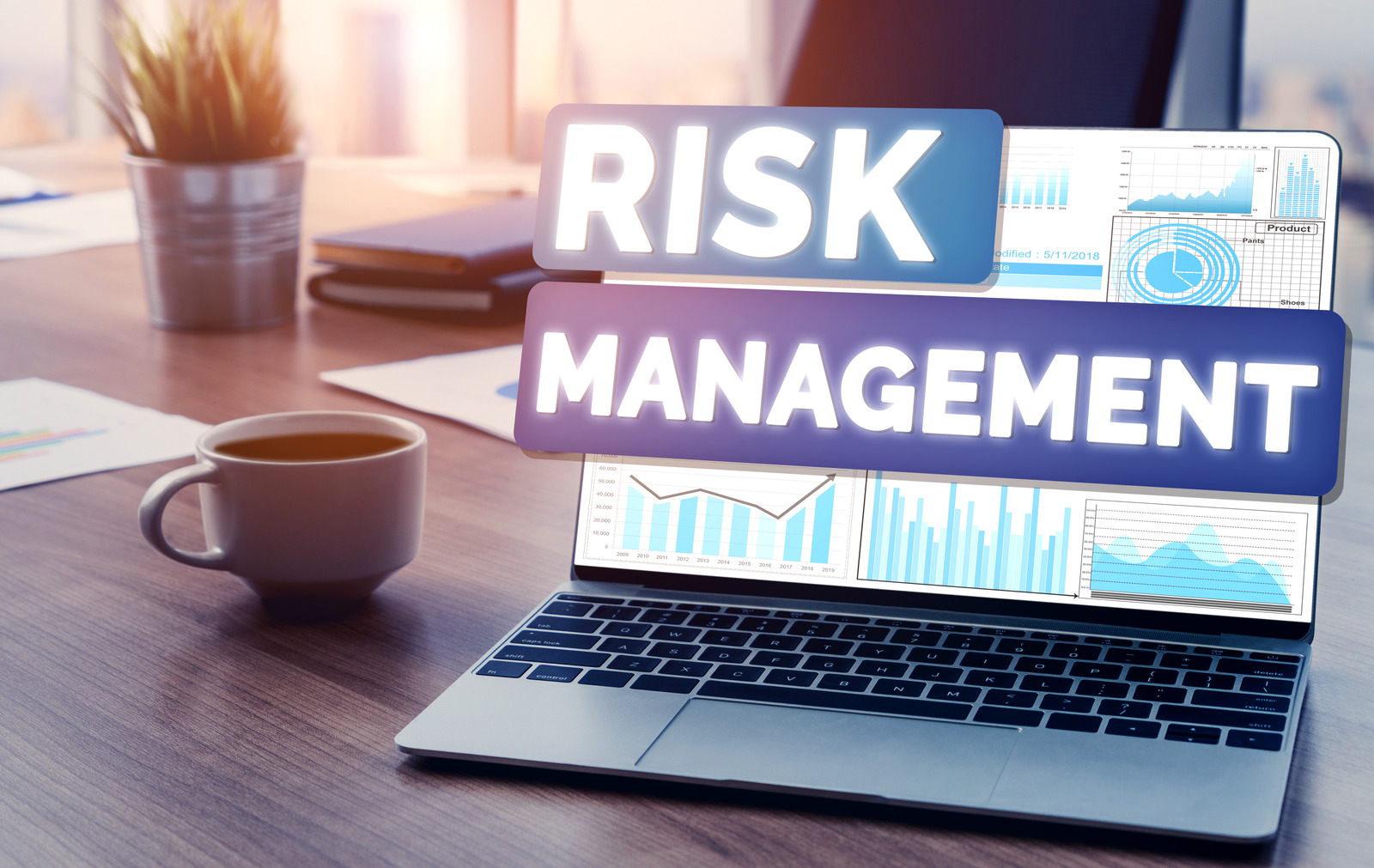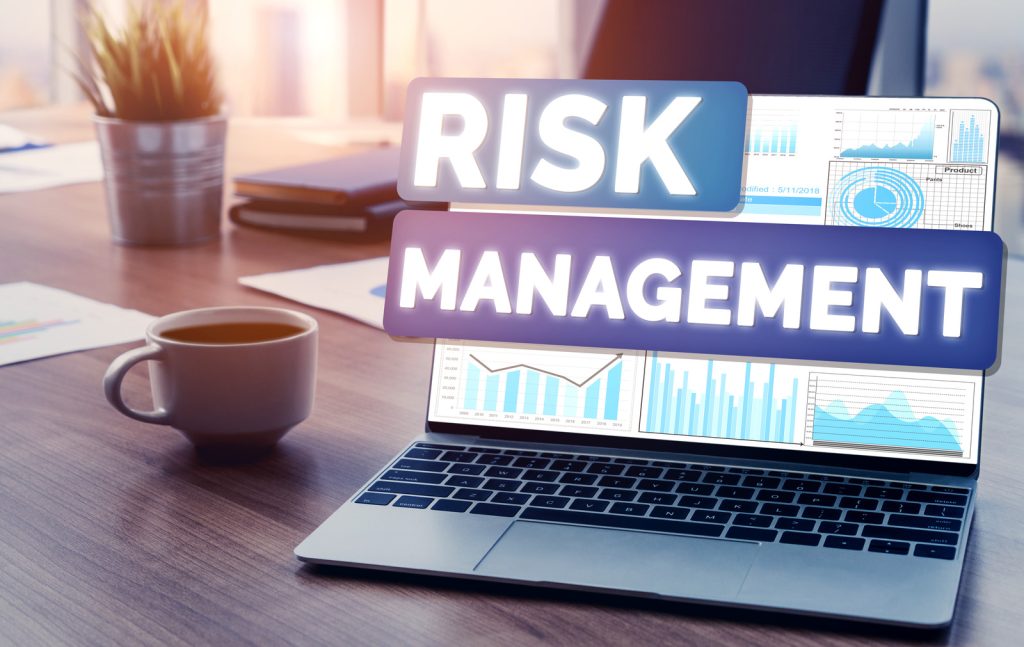As the world becomes increasingly interconnected and globalised, commodity trading has become an essential part of the global economy. Commodities are traded in financial markets all over the world, with the aim of making a profit from price fluctuations.
However, with great opportunity comes great risk. As commodity trading involves buying and selling physical goods that are subject to market volatility, it is important for traders to have a strong risk management strategy in place. Here explore everything you need to know about commodity trading risk management.
Understanding Commodity Trading Risk Management
Commodity trading risk management refers to the strategies and processes used by traders to identify, assess, and mitigate risks associated with commodity trading. These risks can include price fluctuations, supply chain disruptions, political instability, and more.
The main goal of risk management is to minimise potential losses while maximising profits. This requires a thorough understanding of the market dynamics, as well as identifying and monitoring potential risks.
Types of Risks in Commodity Trading
Before delving into risk management strategies, it is important to understand the different types of risks involved in commodity trading. These can be broadly categorised into two types:
- Systematic Risks
Systematic risks are those that affect the entire market, and cannot be controlled or mitigated by an individual trader. These include macroeconomic factors such as changes in interest rates, inflation, and currency fluctuations.
- Non-Systematic Risks
Non-systematic risks are specific to a particular commodity or company, and can be managed through proper risk management strategies. These include weather events, supply chain disruptions, geopolitical tensions, etc.
Risk Management Strategies
There are several risk management strategies that traders can utilise to minimise potential losses. Here are some of the most common ones:
- Hedging
Hedging is a popular risk management strategy in commodity trading, where an individual or company takes a position in the market to offset potential losses. This can involve taking an opposite position in a related commodity or financial instrument.
- Diversification
Diversification involves spreading investments across different types of commodities, industries, and geographical regions. This helps to minimise the impact of market fluctuations on a single investment.
- Price Limiting Orders
Price limiting orders allow traders to set a limit on the price at which they are willing to buy or sell a commodity. This protects them from sudden price movements in the market.
- Risk Management Tools
In addition to these strategies, there are various risk management tools that traders can utilise. These include technical analysis, which uses historical data and charts to identify potential risks, as well as stop-loss orders, which automatically close a position if it reaches a certain predetermined level.
Commodity trading risk management is crucial for success in the volatile world of commodity trading. It involves a combination of strategies and tools to identify, assess, and mitigate potential risks. By understanding the types of risks involved and utilising effective risk management techniques, traders can minimise losses and maximise profits in this fast-paced market. Contact AgriChain to learn more.












